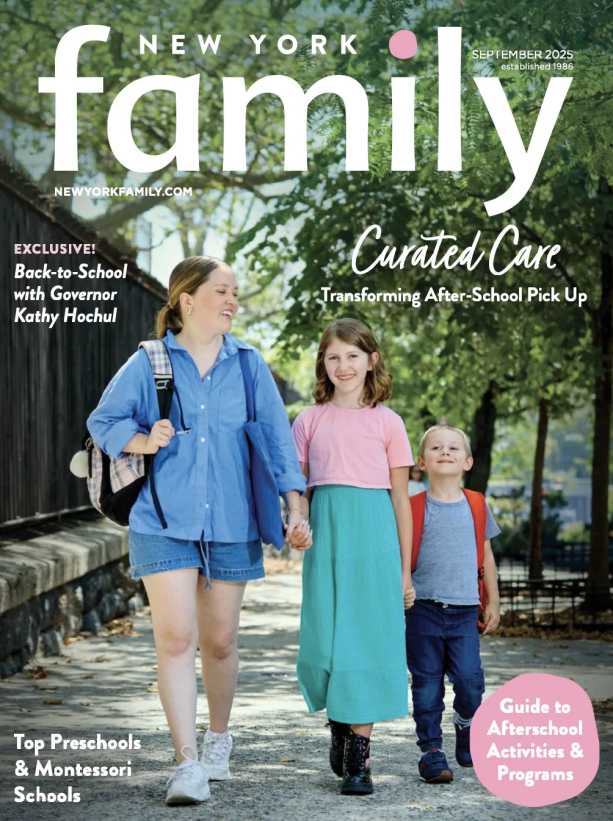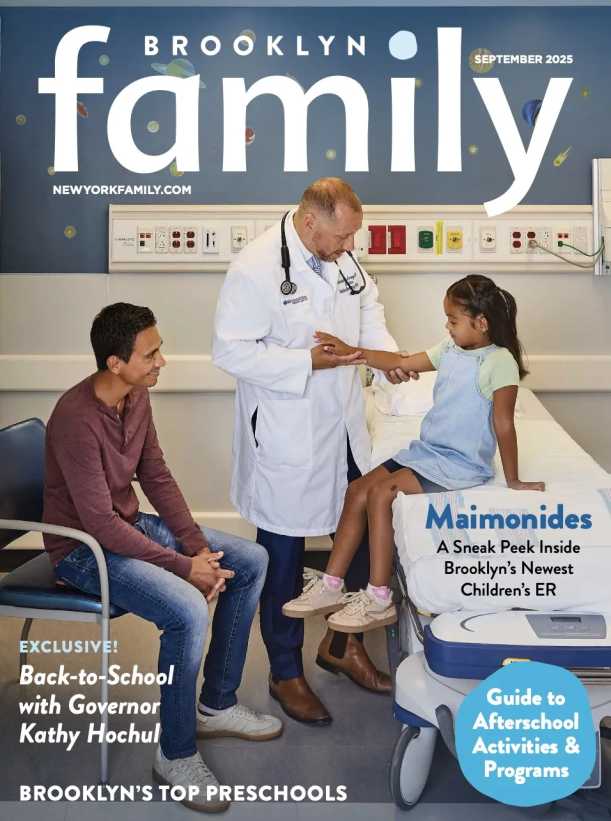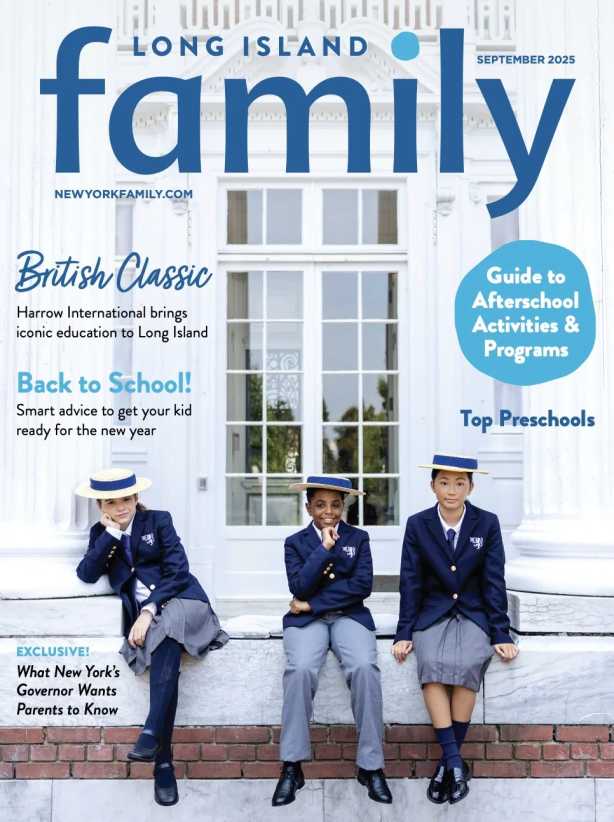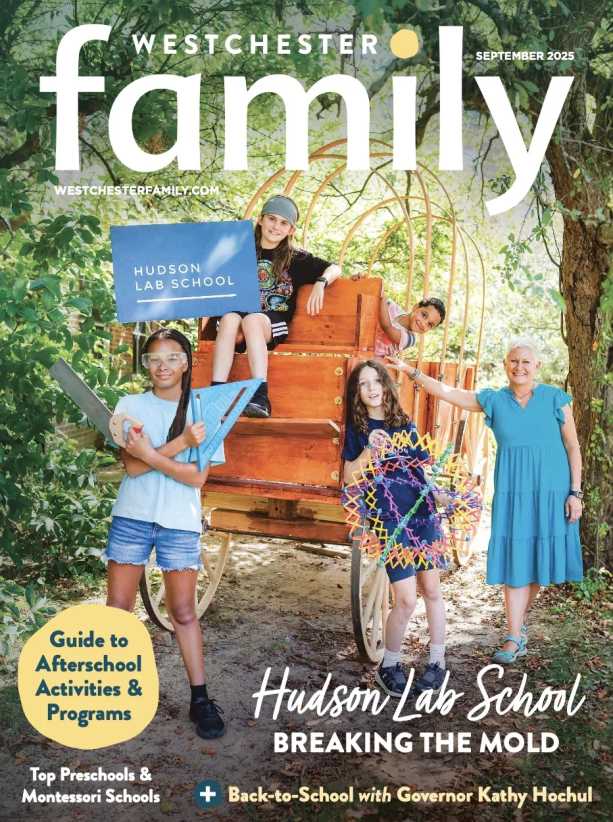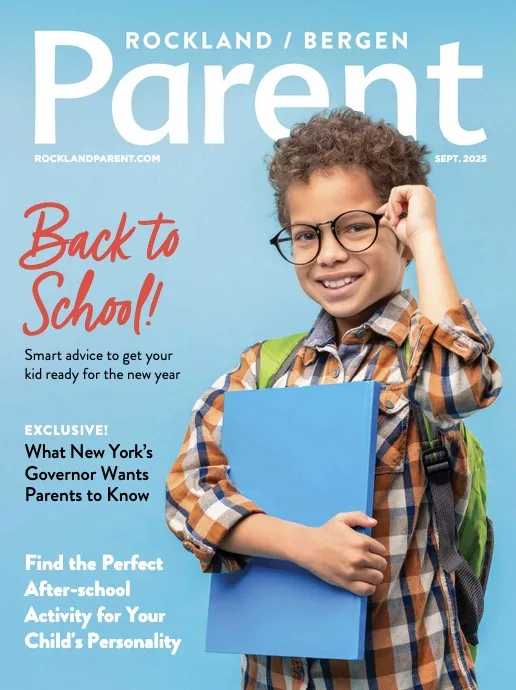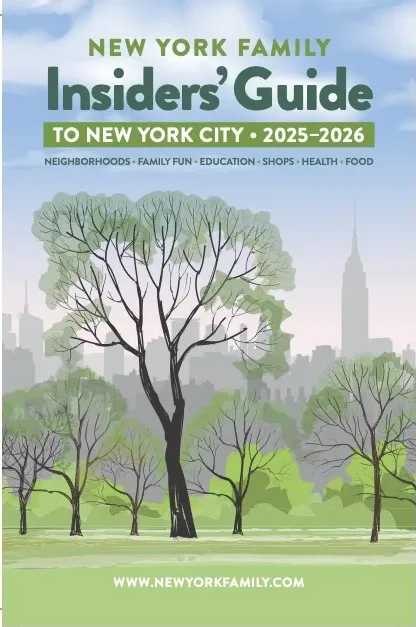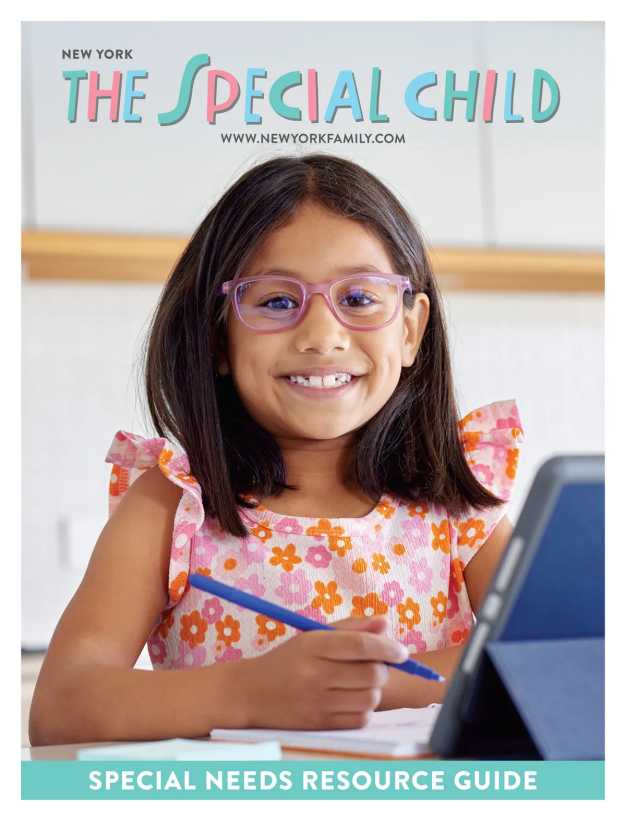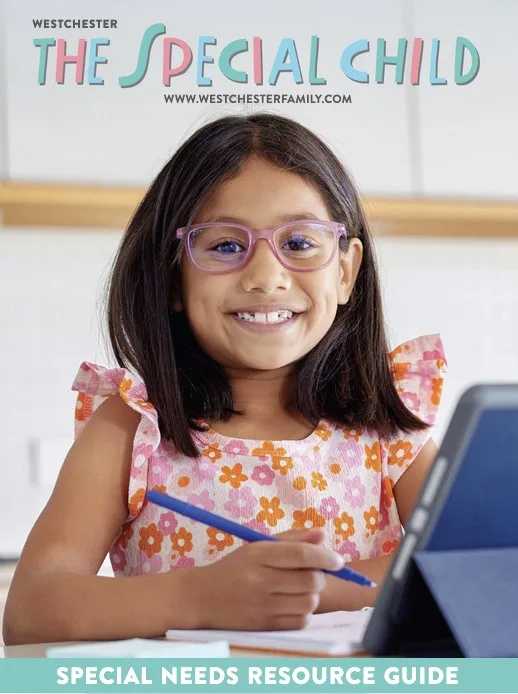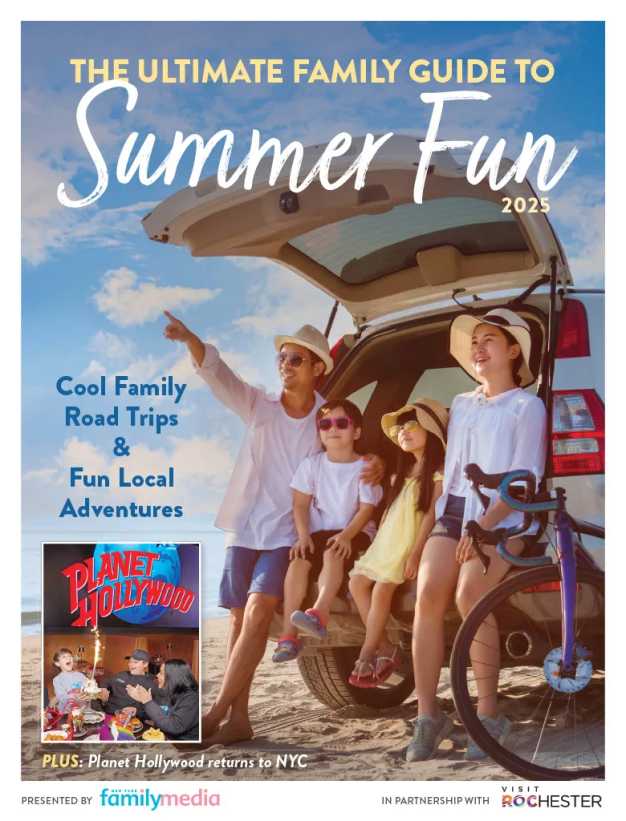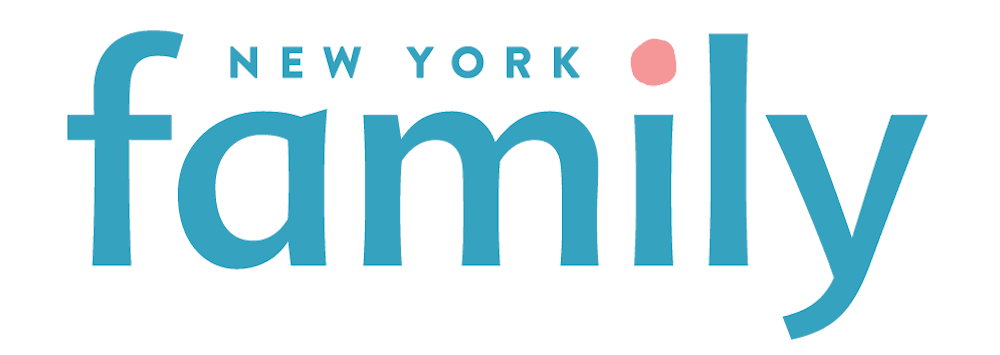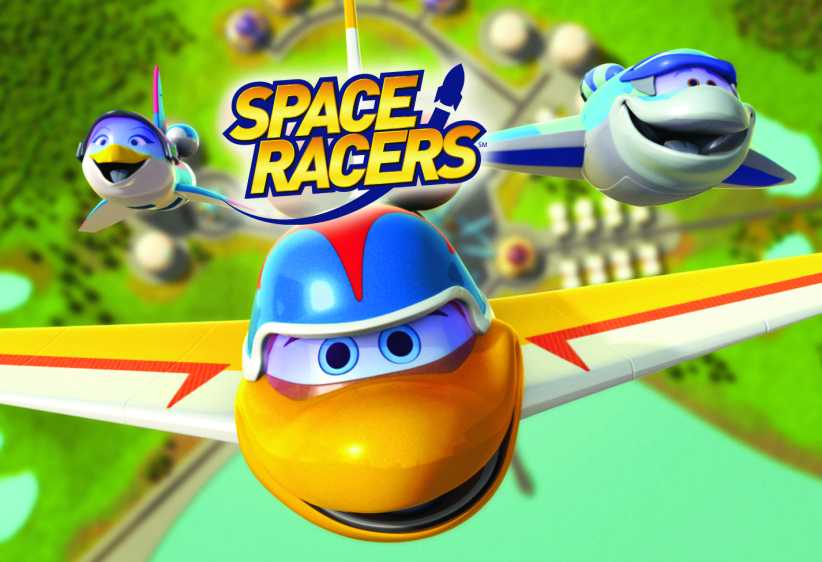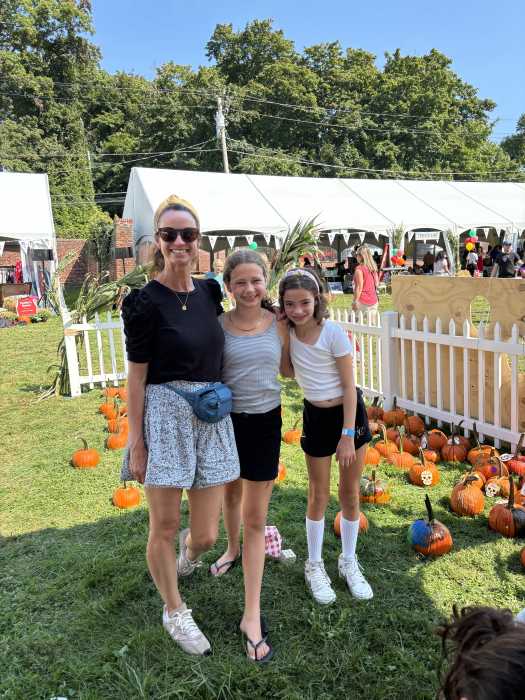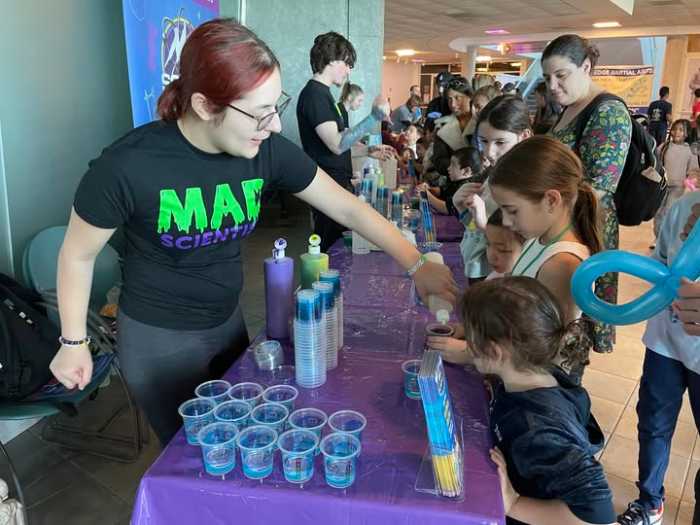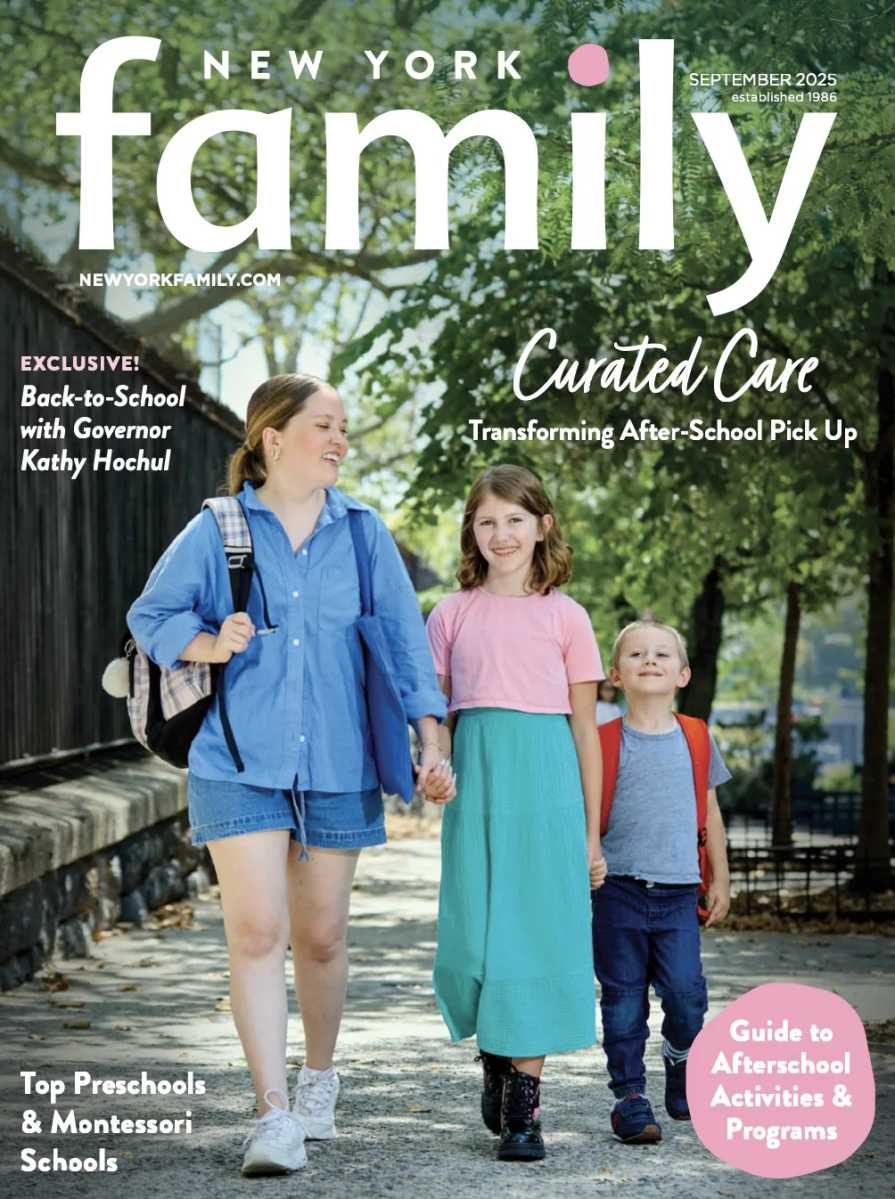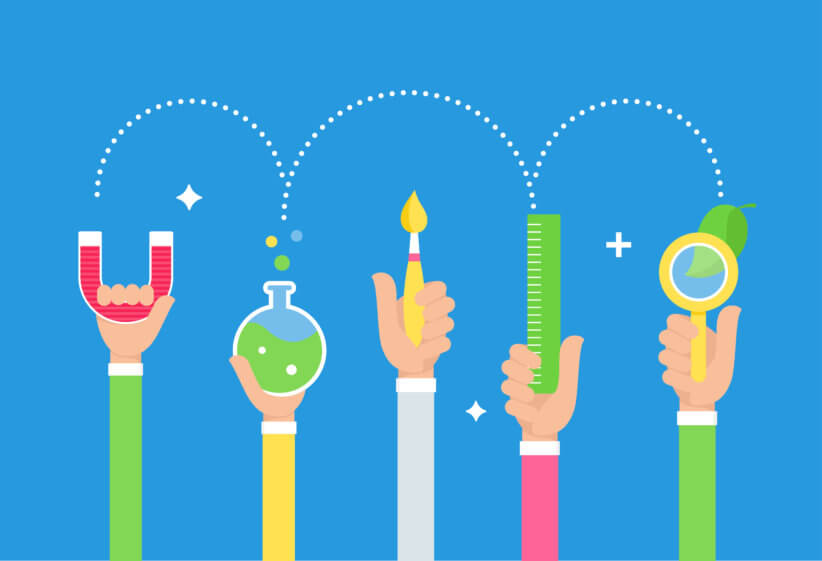
Why STEM & STEAM Matters: An Expert Tells Us Why
What is STEM and STEAM? We know it involves Science, Tech, Engineering, Art, and Math- that it is an educational method to teach kids to be critical thinkers. But the importance of STEM/STEAM as part of kids’ education and life runs deeper.
We spoke to the author Christopher Emdin, Ph.D. of STEM, STEAM, Maker, Dream: Reimagining the Culture of Science, Technology, Engineering, and Mathematics. Dr. Emdin is also the Robert A. Naslund Endowed Chair in Curriculum and Teaching and Professor of Education at the University of Southern California who also serves as Director of youth engagement and community partnerships at the USC Race and Equity Center. In other words, he is pretty darn smart.
Dr. Emdin also shared how kids can use STEM/STEAM in their lives. He also gives us insight on why all children are naturally “STEAM people” and how parents can encourage their kids by positive reinforcement through STEAM/STEM language.
Why is Stem/Steam essential for our kids?
For our children to grow up in a world where they are not just blind consumers of products, research, and media but producers of it, it is essential that they both see themselves as scientists, technology experts, engineers, and mathematicians and be equipped to have careers in these fields.
STEM subjects are the anchor of the future of our society. STEM is where the jobs and careers of the future are. For children to not be left out of the careers of the future, it is important that they become part of these disciplines today. However, even if they choose not to have careers in STEM, it is important they are not afraid of these subjects and have enough familiarity with them that they are scientifically literate -that they can understand basic ideas and principles, can ask questions and are not intimidated.
Luckily, ALL children are naturally “STEM people,” and all we have to do is sustain and grow what already exists. Children naturally think deeply, tinker, play, question, categorize, make meaning, interpret, and draw connections. They come into the universe being inquisitive about all that is around them and have innate dispositions and leanings that can make them successful in STEM. When you think about a baby being born, the first set of knowledge they are using is scientific knowledge. They are smelling their environment and making observations in the world. They are not using English. They are not using history. They are using math and science. They make observations, identify patterns, test hypotheses, and draw conclusions. Once they start associating language with what they are seeing, they start expressing what is unfolding before them. There is magic in that unleashing that revealing. This process is the foundation of STEM. This is what we need to build upon and it is essential that the adults in their lives remind them of this so that when they come in contact with experiences in school or other spaces, that functions to rob them of their confidence.
Finally, I want to clarify that being a STEAM person (when you incorporate the arts in STEM) makes our children more well-rounded. STEAM teaches us how to question, explore, discover, and create and imagine. When intellectual challenges in STEM are encountered, STEAM finds ways to bring imagination and creativity that propels children to be resilient and hard working. These are the skill sets that help children across the life span and areas of academic interest. When they become a part of our children’s identity, we improve their preparation for life in whatever area of study they choose when they get older.
What sorts of impact does Stem/Steam have on society?
Without STEM/STEAM, we would not have the luxuries and opportunities we currently have as a society. These subjects are at the anchor of all our new discoveries and are the solutions to many of our current challenges. The only way that we address climate change, save endangered species, solve world hunger and improve existing technologies is through the intelligence and creativity inherent in STEM. Furthermore, our society is more inclusive and democratic when all people are able to participate in all aspects of STEM. Currently, our society is in dire need of a new generation who have had practice and hands-on experience with STEAM. We need a populace that sits comfortably at the intersections of all multiple disciplines and who understand how to solve complex problems. Decades ago, a person could have one career in a very specific field and do well. Today, we need engineers with arts degrees, mathematicians who work in arts museums, scientists who are journalists and many more mergers of previously separated fields. We need to give students the opportunity to not just imagine, but also design systems for a more just society. Today, entrepreneurs aren’t simply growing their businesses, they are developing their STEM efficacy, sharing ideas and adding value through the services they provide to their communities across fields. We need young people to grow up with the mindsets necessary to be a part of the future. We cannot train them for jobs and careers of the past.
How does a Steam/STEM education teach kids to learn to make informed decisions?
For decades I have advocated for teaching children to develop what I call “science mindedness.” Mindedness is an inclination to think in a particular way. Science mindedness is an inclination to think like scientists and requires the ability to use certain traits or decisions in how you move through the world. It is, in essence, how to think like some of the most brilliant scientists of our time. If children learn these skills, they will make sound decisions rather than have decisions about their lives being made for them. Science mindedness includes demanding that a person’s claims are evidence-based, expressing curiosity or a desire for knowing more about anything one encounters, making cognitive connections by using analogies to make connections between ideas, being creative, always leading with a healthy skepticism, openmindedness, and having the ability to be analytical. When one works on these skills – which can be applied to any endeavor one encounters, they will always make informed decisions.
STEAM trains young people to develop these skills. As one goes through STEM experiences, they learn how to identify these skills in themselves and then, with the right support, strengthen these abilities for the rest of their lives.
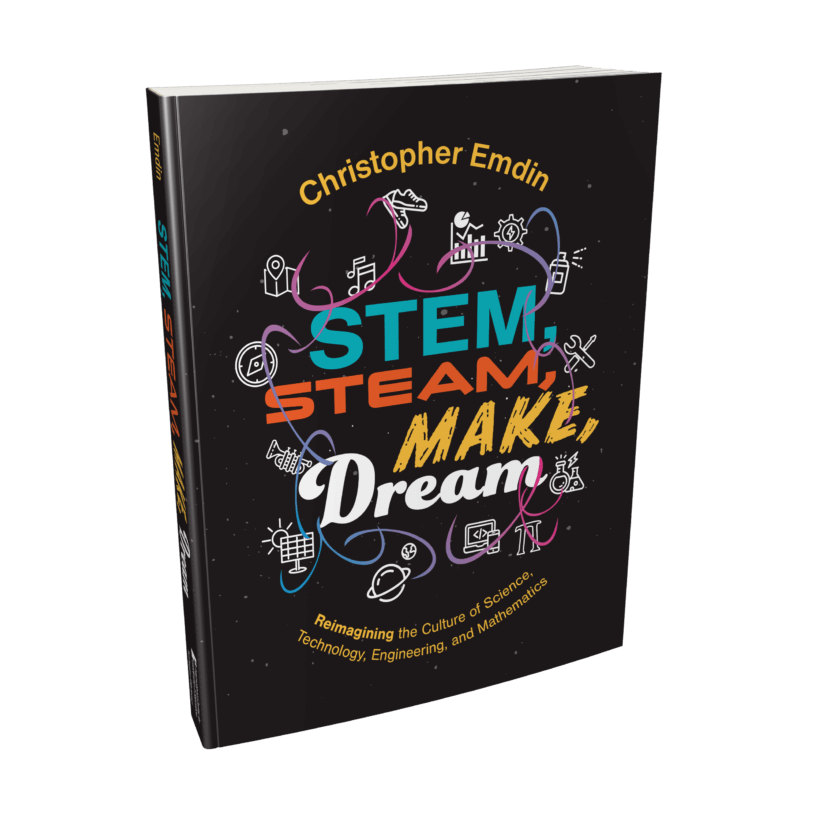
In your book, STEM, STEAM, Maker, Dream: Reimagining the Culture of Science, Technology, Engineering, and Mathematics, you share how the need for the arts and culture can serve as an anchor for instruction. Can you share a bit of insight on this?
When we think about STEM or STEAM, we must be thinking about art as the main key to unlock scientific or mathematical genius. When we think about art in this way, we gain a necessary respect for it and also, begin to think about it in more expansive ways. When I think of art, I consider aesthetics and not simply a drawing or painting. Aesthetics includes fields such as poetry, philosophy, music, and dance. It also includes more traditional crafts, that require the work of the hand and special knowledge like pottery or playing an instrument. These can be classified as areas of aesthetic expression. The A in STEAM is about art (in traditional forms), aesthetics and also seeing the art in young people and the places they come from. That idea of seeing people as works of art allows us to value the cultures they are embedded in and use their culture to make them into – or have them make themselves into STEM people.
Art is a vehicle for culture much in the same way that culture shapes art. You cannot separate the two. Recently, we’ve seen a big push to bring identity and culture into the STEM classroom. It is absolutely essential. You can teach STEM, as well as the arts but it doesn’t connect to young people unless you tap into their culture and identity.
Psst..check out Bilingual Education for Kids
The STEM/ STEAM classroom or even the STEM/STEAM supportive home must do more than teach facts and remain neutral. It has to be culturally responsive to who the children are. If we do not radically shake up what STEAM is and bring it to people who have been categorically excluded for a long time, our efforts to improve and expand STEM will fail. I have written in my book that when students think of a scientist, they rarely picture themselves. If they don’t picture themselves as being able to do well in STEM, there is nothing we can do in classrooms or through textbooks that will get them to learn or engage in these subjects. What if we try a different approach? If we expand our definition of art, we can explore its application through different models. We can validate both arts education and STEM education and radically change the future.
How can parents start to incorporate Math and Science with their Kids early?
There are a few things parents can do. The first is to simply offer students positive reinforcement through the language of STEM as children compete in everyday activities. We have to expand our vocabulary with our children and ensure that we include affirmations of their STEM selves. A child who works hard at an art project needs to hear I love your resilience and hard work. I know you can do that in all things and subjects too. Along with including new words and phrases, we have to eliminate some phrases from our conversations with children. Parents cannot say things like “I’m not a math or science person” in front of their children because they will adopt those same beliefs. I also encourage parents to do math problems or read science books in their everyday lives. Children learn more from what you model than what you say. When they see you engaging in STEM, they follow suit. Finally, parent should play and cook with their children. Measure dirt and count bounces of the ball. Create a ratio of missed baseball swings to hits. Make mixtures. Talk about your recipe like a lab experiment and watch for reactions when you mix certain items. Incorporate STEM/STEAM into everyday life.
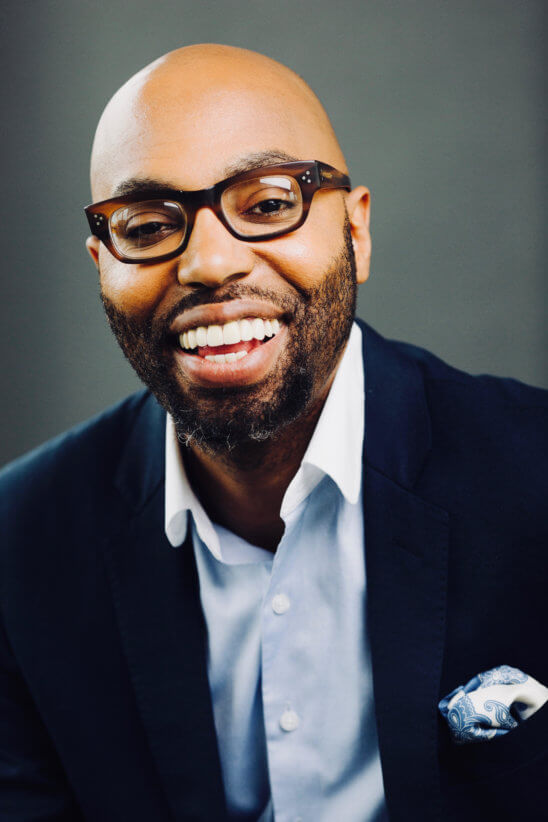
Christopher Emdin, Ph.D., is the Robert A. Naslund Endowed Chair in Curriculum and Teaching and Professor of Education at the University of Southern California; where he also serves as Director of youth engagement and community partnerships at the USC Race and Equity Center. He previously served as Director of the Science Education program at Teachers College, Columbia University and alumni fellow at the Hip-hop archive and Hutchins Center at Harvard University. The creator of the #HipHopEd social media movement and Science Genius B.A.T.T.L.E.S., Emdin has previously been named Multicultural Educator of the Year by the National Association of Multicultural Educators, STEM Access Champion of Change by the White House and Minorities in Energy Ambassador for the US Department of Energy. He is the author of STEM, STEAM, Make, Dream (Houghton Mifflin Harcourt), Ratchetdemic (Beacon Press), and For white folks who teach in the hood … and the rest of y’all too (Beacon Press).
